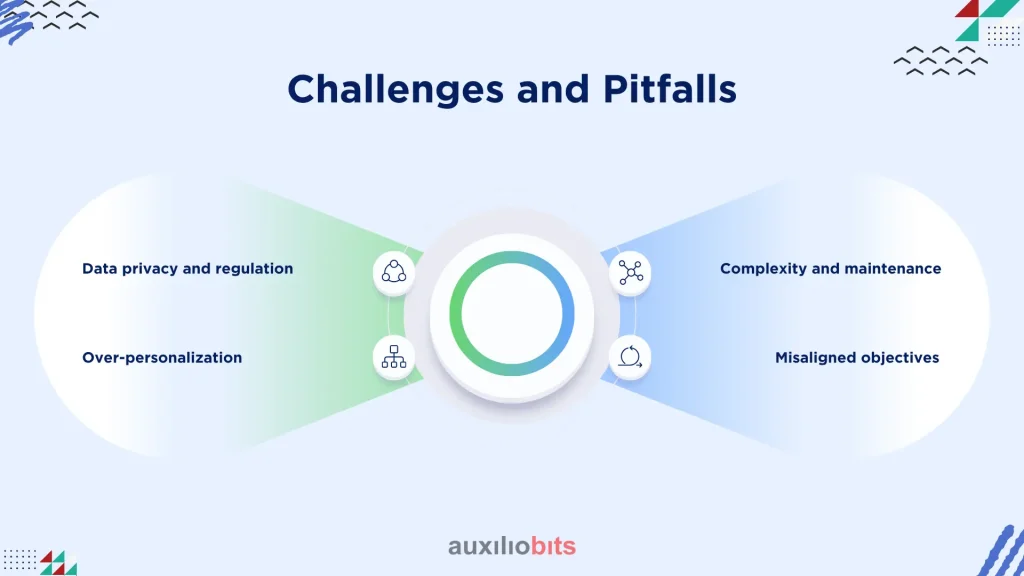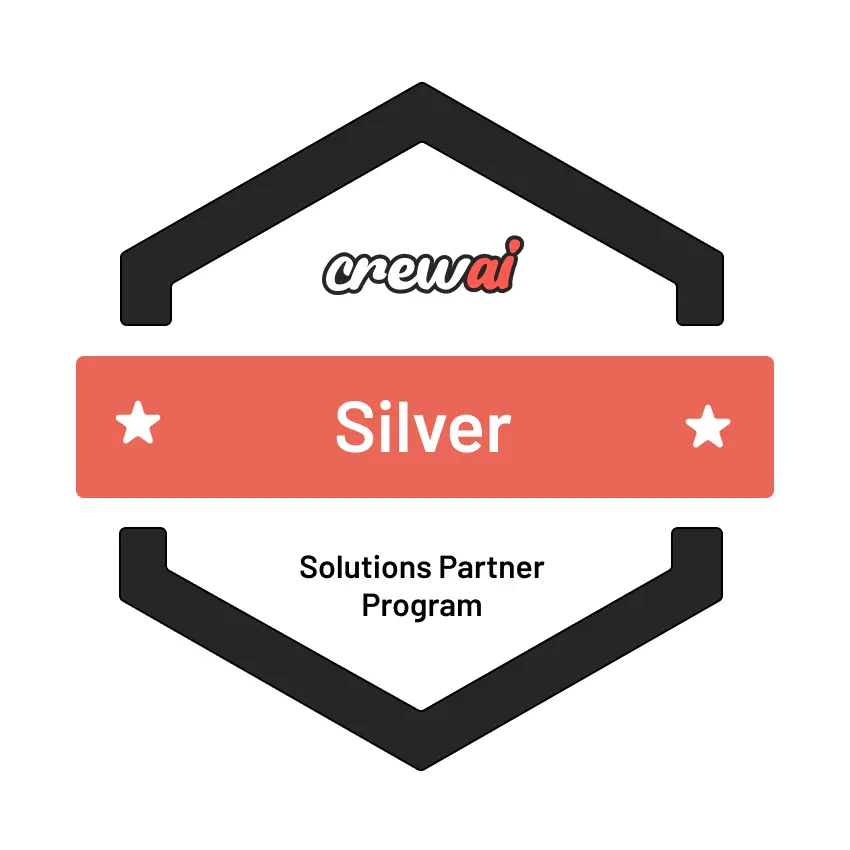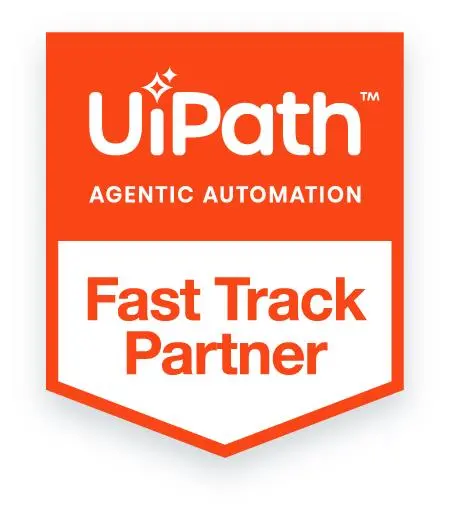
Key Takeaways
- Agentic personalization engines go beyond static rules, using autonomous AI agents that interpret real-time customer behavior to deliver context-aware, adaptive offers across multiple channels.
- Real-time decisioning drives engagement, as offers or messages delivered within seconds of customer hesitation or intent significantly improve conversions and customer satisfaction.
- Core components—data integration, behavioral modeling, and autonomous decision-making— work together to ensure timely, relevant, and consistent personalization experiences.
- Challenges like data privacy, over-personalization, and system complexity require careful governance, transparent consent mechanisms, and ongoing monitoring to maintain trust and balance automation.
- Success depends on both technology and culture: robust data pipelines, iterative experimentation, and a human-AI blend enable businesses to scale personalization effectively and ethically.
It is an undeniable fact that personalization is a fundamental expectation today. It is critical and must never be overlooked. Customers want experiences that seem designed specifically for them, tailored to their preferences, needs, and habits. They quickly lose interest in generic messages. Yet, most personalization methods are basic and reactive. They rely on fixed rules or outdated data—such as “customers who bought this also bought that” recommendations or scheduled emails—which often miss the ideal moment to connect.
Agentic personalization engines take pride in providing a beneficial approach. When compared to traditional systems, they function independently, taking into account the customer actions. This happens so that quick and useful decisions can be taken. These engines quickly adjust offers, messages, and interactions across different channels like websites, apps, or social media, with no need for human input. They don’t just react—they foresee what customers need and improve the experience instantly. By blending awareness of the situation, continuous learning, and managing many channels at once, agentic personalization changes marketing into an ongoing, thoughtful conversation. For businesses, this leads to better customer engagement, more sales, and experiences that feel truly personal, relevant, and timely—well beyond what older tools can do.
Also read: Agentic portfolio rebalancing: real‑time decisions using NVidia accelerated models
Understanding Agentic Personalization
An agentic personalization engine works by combining three key abilities:
- Constantly watching customer behavior, both online and offline. This includes actions like clicks, scrolling, browsing habits, purchases, and even how long someone stays on a page.
- It can make its own decisions using AI. Based on what it learns from customer behavior, it can suggest products, send alerts, adjust prices, or follow up with emails.
- Delivering customized content right away across different channels, based on the AI’s decisions.
Why the Distinction Matters
You might think these are just smarter recommendation engines. In some ways, yes. But regular recommendation systems usually work alone—they suggest products but don’t manage interactions across different channels, try out different methods, or learn from results on their own. Agentic personalization engines are different. They work independently, testing, adapting, and improving without needing constant help from people.
Imagine a customer who has searched for several sports websites and has come across yours. She spends time checking out running shoes, adds a pair to her cart, but leaves the site without completing the purchase. A traditional system would likely send her a generic email reminding her about the items left behind.
An agentic personalization engine takes things further. It can sense when a customer is unsure and quickly send a special discount on those shoes through a notification in the app. It suggests products that are related. However, these suggestions are only visible if the customers are interested. The system decides the best time and method to reach out to the customers through a phone call or a text message.
Core Components of Agentic Personalization Engines
To operate effectively, these engines require several interdependent layers:
1. Data Aggregation and Normalization
The engine’s effectiveness hinges on access to real-time, accurate data. Most enterprises struggle here. Customer data often resides in silos—CRM, web analytics, in-store POS, mobile apps, social platforms. An agentic engine needs to integrate these disparate sources seamlessly.
- Challenge: Data latency can make real-time action impossible.
- Nuance: Not all data is equal. Some behaviors are predictive (cart abandonment, repeated page views), while others are noisy (casual browsing). The system must weigh signals intelligently.
2. Behavior Modeling and Context Awareness
Behavioral models predict intent, but context matters. For instance, a customer browsing umbrellas on a sunny day in Mumbai likely has a different intent than one browsing the same product in London during monsoon season. Agentic engines incorporate context from:
- Geolocation
- Time of day and week
- Device type
- Customer lifetime value and past interactions
The models themselves often rely on reinforcement learning. Rather than merely predicting what a customer might buy, they simulate multiple potential interventions, selecting the one most likely to optimize a desired outcome (purchase, engagement, retention).
3. Autonomous Decision-Making Agents
This is where the “agentic” part comes into play. AI agents act as semi-independent decision-makers. They operate under constraints and objectives defined by marketers or business stakeholders but decide how, when, and where to act.
- Agents can negotiate trade-offs: is it better to push a discount now or risk higher revenue later with a premium offer?
- They can coordinate across channels, ensuring customers aren’t overwhelmed with redundant messaging.
- Multiple agents can work in concert, creating complex, multi-step engagement sequences—akin to a digital orchestra rather than a single instrument.
4. Dynamic Offer and Content Delivery
Finally, the engine must execute in real-time. Dynamic content delivery spans:
- Personalized website and app experiences
- Targeted emails and push notifications
- In-store prompts or digital signage
- Social media and ad retargeting
The challenge is consistency: the offer or message must feel coherent across touchpoints. Customers are quick to notice contradictions or irrelevant suggestions.
Why Real-Time Personalization Works
The psychology of customer behavior explains part of its effectiveness:
- Immediate relevance matters. A discount offered minutes after hesitation is far more compelling than one sent days later.
- Behavioral nudges are subtle yet powerful. Dynamic upsells, complementary recommendations, and time-sensitive offers tap into both rational decision-making and impulse triggers.
- Perceived attention builds loyalty. Customers notice when brands “get them” in the moment, fostering engagement and trust.
Yet, timing is delicate. Too aggressive a push can annoy the customer; too conservative, and the opportunity is lost. Agentic engines continuously optimize this balance, experimenting with small variations and measuring results.
Real-World Examples
Several brands and sectors are already experimenting with agentic personalization concepts:
- E-commerce: Large online retailers have begun deploying AI agents that autonomously adjust pricing and recommendations in real time. One fashion retailer reportedly increased conversion rates by 18% by dynamically bundling products based on immediate browsing patterns.
- Travel and hospitality: Booking platforms dynamically suggest add-ons (car rentals, experiences) based on user search behavior and booking history. Agents can detect hesitation, proactively offering loyalty points or limited-time deals.
- Financial services: Banks use agentic engines to offer credit card upgrades or personal loan suggestions tailored to transaction history, account activity, and risk profiles, often within seconds of relevant triggers.
These examples highlight that agentic personalization isn’t just a theory—it’s a practical, revenue-driving strategy.
Challenges and Pitfalls
Despite its promise, agentic personalization isn’t without hurdles:

- Data privacy and regulation: Real-time behavior tracking can trigger GDPR, CCPA, or other privacy concerns. Firms must navigate consent, data minimization, and anonymization.
- Over-personalization: Too many dynamic offers can feel invasive. Some customers perceive excessive targeting as “creepy,” especially when cross-channel coordination goes wrong.
- Complexity and maintenance: The systems themselves are sophisticated. Reinforcement learning models, multi-agent orchestration, and continuous A/B testing require robust infrastructure and specialized talent.
- Misaligned objectives: If agents optimize for short-term revenue, long-term brand equity or customer satisfaction can suffer. Designers must define clear success metrics and guardrails.
An often-overlooked point: these systems are not magic. They rely on careful engineering, domain knowledge, and continual supervision. Failures often stem not from AI limitations but from poor integration, insufficient training data, or unrealistic expectations.
Measuring Success
Key metrics for agentic personalization engines differ slightly from traditional marketing KPIs. While standard engagement and conversion metrics still matter, the focus shifts toward:
- Lift over baseline: Incremental improvement against control groups or historical trends.
- Multi-touch attribution: Understanding how dynamic interactions across channels contribute to outcomes.
- Engagement quality: Repeat visits, session duration, or downstream purchases—not just immediate clicks.
- Customer satisfaction and sentiment: Are interactions perceived positively? Surveys, NPS, or social sentiment analysis can inform this.
Some firms are also experimenting with longitudinal metrics, measuring the impact of personalization strategies on customer lifetime value or retention over months and years.
Practical Implementation Insights
Building an agentic personalization engine isn’t plug-and-play. Some practical lessons from practitioners:
- Start small, then expand: Pilot with a single product category, channel, or segment before scaling to the entire business.
- Ensure robust data pipelines: Real-time aggregation and cleaning of behavioral signals is non-negotiable. Latency kills relevance.
- Define objectives clearly: Agents can optimize many things. Decide upfront: conversion, engagement, revenue, retention, or a weighted mix.
- Monitor and audit continuously: Even autonomous agents need oversight to prevent drift, biased decisions, or unintended outcomes.
- Blend human intuition with AI autonomy: Some campaigns benefit from human-guided adjustments—AI handles volume and speed, and humans handle strategy and nuance.
Interestingly, many enterprises find that success depends less on technology than on culture. Teams must embrace iterative experimentation, tolerate small failures, and avoid over-reliance on dashboards alone.
Looking Ahead
As customer expectations evolve, the need for real-time, adaptive, and intelligent personalization will only grow. Agentic engines represent a shift from static segmentation to continuous, autonomous engagement orchestration.
Yet, not every company needs a full-blown multi-agent system. Smaller retailers or niche services may achieve significant gains through simpler real-time decisioning frameworks. The principle remains: personalization is most effective when it’s timely, context-aware, and responsive to real behavior.
It’s also worth noting that future developments could extend beyond commerce. B2B sales, enterprise SaaS onboarding, even HR and internal communications could benefit from agentic approaches. Any domain where behavior informs optimal next actions—and timing matters—can potentially leverage these engines.








